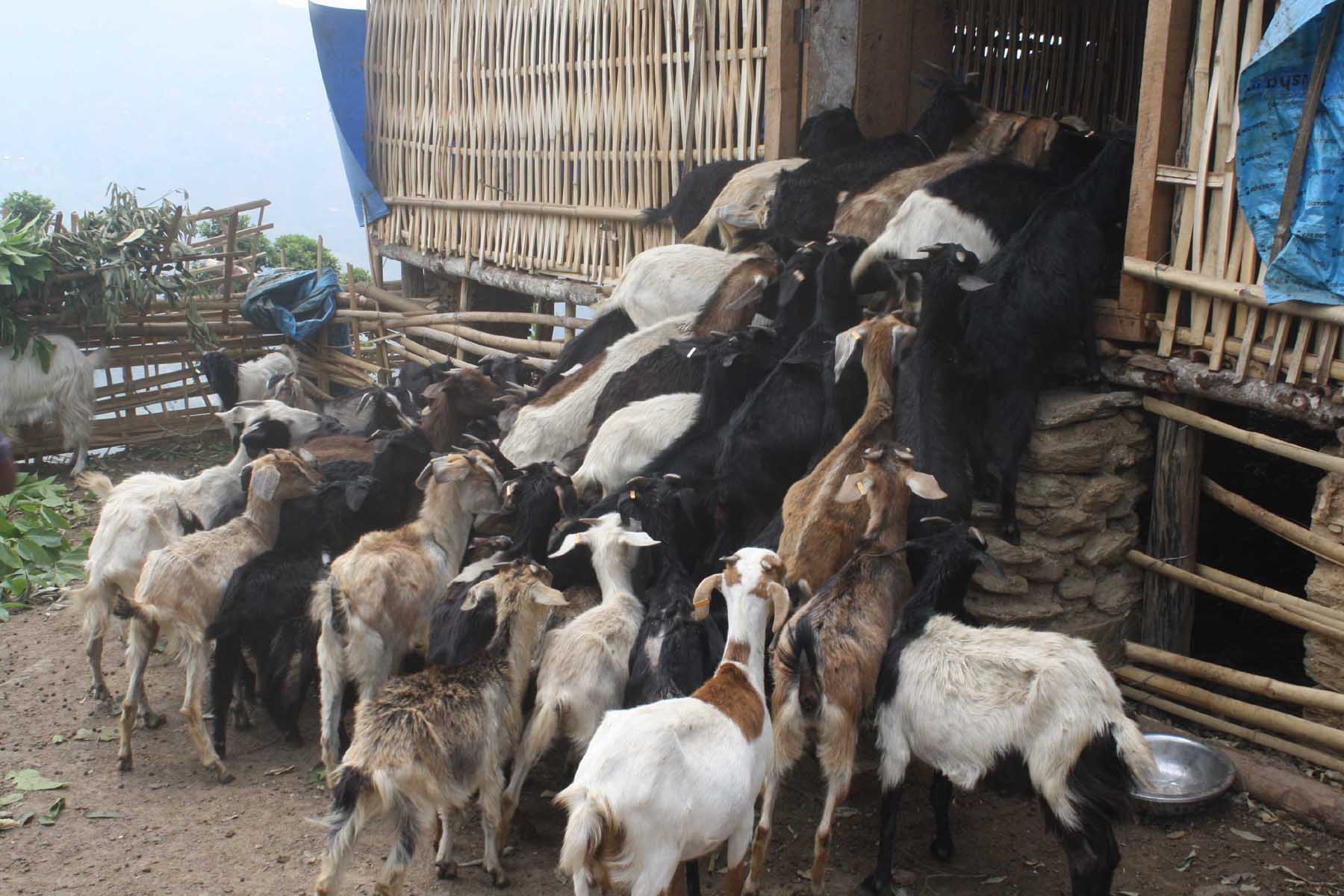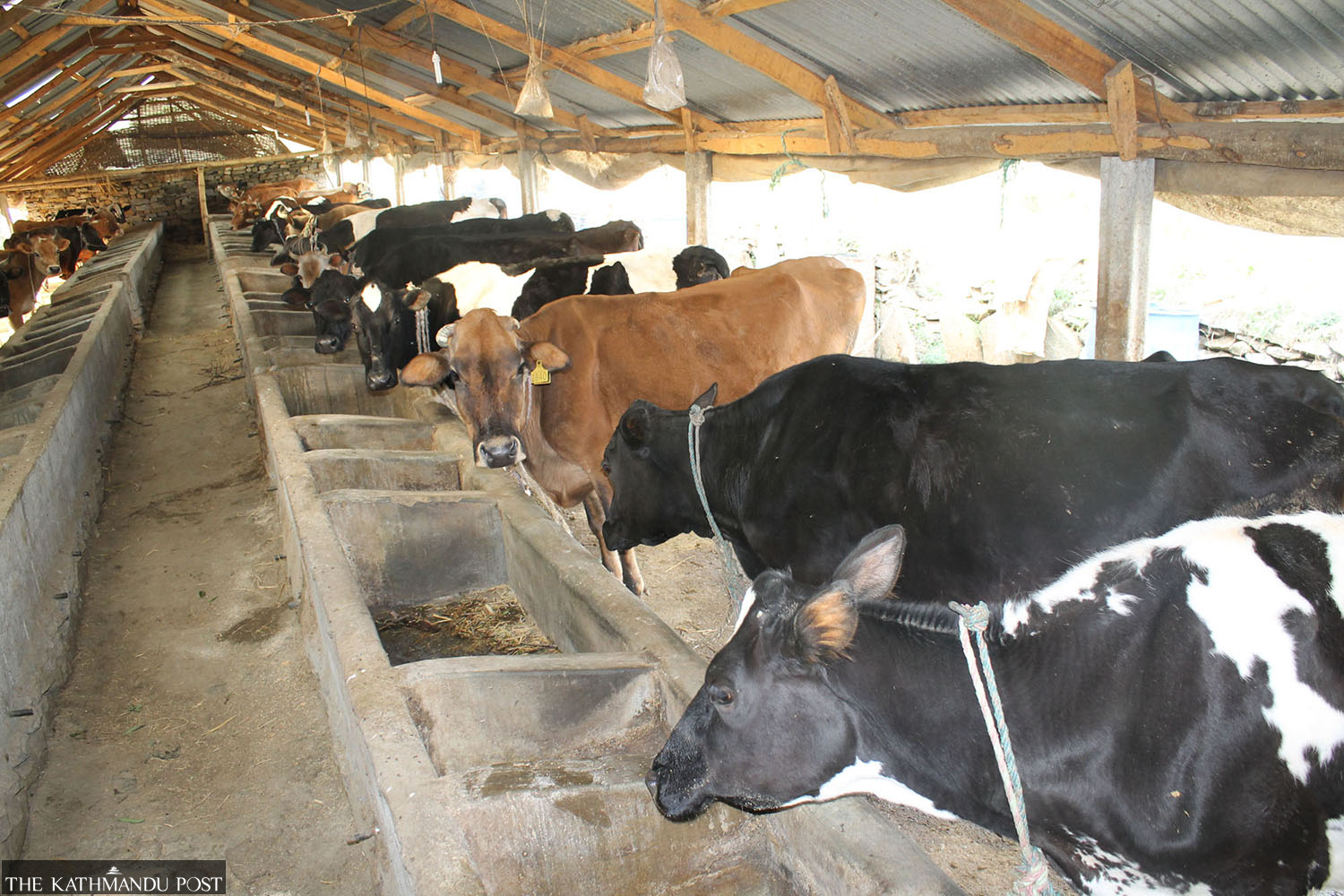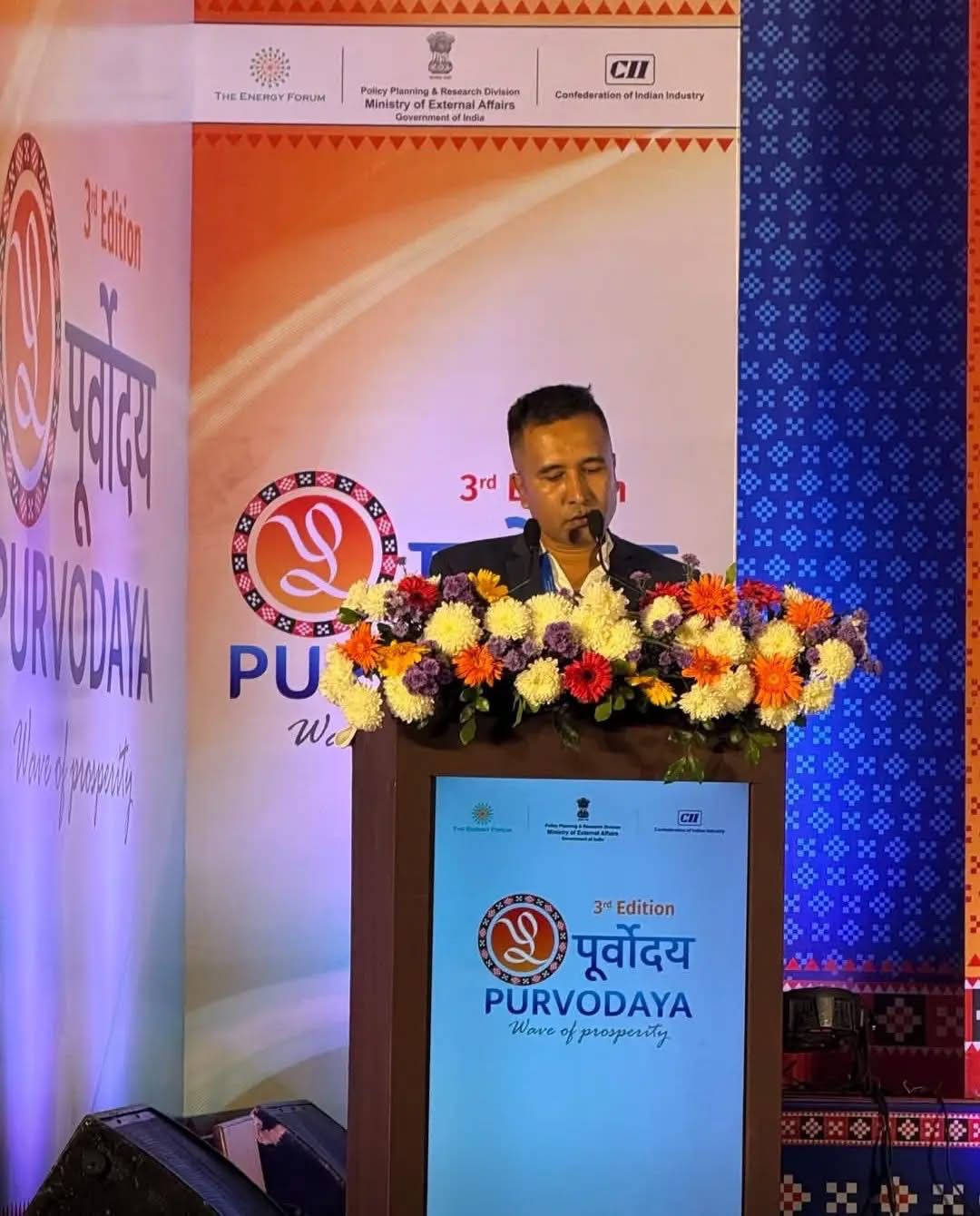Money
Why agricultural subsidies have failed to benefit needy farmers
Farmers are in need of various forms of support but people outside the target group are profiting due to the irregularities in the distribution of grants and subsidies.
Dipesh Khatiwada
With frequent reports of the misuse of agricultural subsidies, Bagmati Province has decided to stop the grants extended to needy farmers. Dormani Poudel, chief minister of the province, decided to roll back the subsidies effective from next fiscal year citing the misuse of grants.
In the fiscal year 2018-19, the provincial government had allocated Rs 1 billion in agriculture subsidies and distributed Rs 600 million through the Ministry of Land Management, Agriculture and Cooperatives and its district offices. But the funds did not bear expected results. In the current fiscal year, the provincial government has allocated Rs 2.2 billion for agricultural subsidies.
“Agricultural grants are meant to make farmers self-dependent. But we have been receiving complaints from various quarters that such grants are being misused and do not reach genuine farmers,” Poudel told the Post. According to Bagmati Province, officials are going to change the model of the grant to help genuine farmers. “The working guidelines failed to produce the desired results. That’s why we plan to stop the grants from the next fiscal year and focus on their proper management,” said Poudel.
The subsidy programme is targeted mainly at small and marginal farmers and subsidies are provided to increase farm productivity and profitability to stimulate economic growth. Most of the country’s poor are farmers who heavily rely on loans. They borrow money to plant seeds and repay the debt if there is a good harvest. In this context, subsidies can help farmers in various ways if they reach the target group.
Here’s everything you should know about the programme and why it has failed to serve its purpose.
What is agricultural subsidy for?
Nepal predominantly is an agricultural country. More than 65 percent of the population is directly engaged in farming, which contributes about 26.98 percent to the country’s gross domestic product. In an agrarian nation, agriculture policies prioritise subsidies to boost production, improve food security and reduce poverty. The subsidy programme is targeted mainly at small and marginal farmers.
What does the government’s programme cover?
The subsidy programme covers seeds and fertilisers, among others. For instance, the government provides heavily subsidised wheat and paddy seeds but the same subsidy is not extended to pulses and oil seeds. Subsidy for chemical fertilisers is always in high demand even though the government encourages farmers to use organic manure.
The government also provides insurance coverage and a grant to purchase agricultural equipment including tractors, carrier trucks, combined harvesters, single cab pick-up vans and land leveller, among others. Grants are also provided to set up model agriculture farms, promote agro tourism, for small irrigation projects, fish farming, and production of fruits, vegetables, honey, meat and eggs, and milk, among others.
How much does the government dole out in subsidies every year?
The country first provided subsidies for farmers in the late 1950s and early 1970s but the frequency and the amount of subsidies declined in the late 1990s. Again, after the formation of the federal government in 2018, the provincial and local governments have given it a boost. Every year, Singha Durbar allocates around Rs 18 billion for agricultural subsidies. However, the use of this support has not been productive so far.
How are funds misused?
The misuse of subsidy funds is not limited to Bagmati Province. It is prevalent in almost all provinces of the country. The Province 5 Ministry of Land Management, Agriculture and Cooperatives distributed Rs 300 million in subsidies under agricultural mechanisation last fiscal year. Under the scheme, the ministry distributed milk-carrying tankers, pick-up vans, chilling vat, feed making machine, hatchery machine and mini tillers, among other equipment and machines.
The Rolpa Municipality in Rolpa district had received a milk tanker (6,000 litres) in grant under the influence of Barshaman Pun, the federal minister for energy, water resources and irrigation and Krishna Bahadur Mahara, a former Speaker. But the municipality could not produce even 200 litres of milk.
However, Purna KC, mayor of the municipality, recently said, “The municipality has invested Rs 5.2 million to purchase 100 cows in the current fiscal year. The municipality only produces 200 litres of milk each day. In future, we will produce more milk.” The tanker remains unused.
According to sources, KC is the brother-in-law of Mahara whereas Man Kumari Gharti, deputy chief of the municipality, is a sister of Pun. Most of the pick-up vans distributed to carry milk and milk products in Province 5 are being used for personal purposes by the officials of local cooperatives. The ministry had also notified Annapurna Krishak Sahakari Sanstha, a local farmer’s cooperative in Malarani Ward 6 of Arghakhanchi, not to misuse the vehicle. The ministry had distributed 12 pick-up vans to ferry milk and milk products in the province.
In Pyuthan, Bikram Bista, operator of Hariyali Pashupanchhi Tatha Krishi Farm in Pyuthan Municipality Ward 2, got Rs 400,000 grant for a pig farm. But, Bista, who is a brother of Bijayi Birat Bista, personal secretary to Bamdev Gautam, senior leader of the Nepal Communist Party (NCP), has been operating the Jun Tara Cottage and Resort in the farm, locals say. According to them, there are no pigs in Bista’s so-called pig farm.
.jpg)
Why are there several complaints about agricultural subsidy misuse?
There are several complaints regarding the misuse of agricultural subsidies because the support has not reached needy farmers and the subsidies have failed to make their conditions better. Most of the beneficiaries are those who could exercise power or have connections with political leaders and bureaucrats. Sharan Kumar Pandey, the spokesperson for the Ministry of Land Management Agriculture and Cooperatives in Bagmati Province, told the Post that there’s no provision for returning subsidies from beneficiaries even if they misuse them. “It is also not clear what gains they had from the subsidy programme. That’s why the ministry is setting working guidelines to issue loans to farmers,” said Pandey, stressing the need to recover the loans.
What has the federal government done so far?
The government introduced the Subsidy Management Procedure in 2019 with an aim to make the distribution of subsidies transparent. But transparency in subsidy distribution is still questionable. In 2019, a study report on the effectiveness of the subsidy programme found that the subsidies were not being issued as per the set objectives. A committee led by Tej Bahadur Subedi, joint-secretary at the Ministry of Agriculture and Livestock Development, found that distribution of grants and other forms of subsidies was misused. The report states that the distribution of farm subsidies was not ‘fair’ and genuine farmers were deprived of it. The committee also recommended that the government subsidise interest on the loans taken by farmers.
Why are local governments becoming mute spectators?
After the implementation of federalism, subsidies are channelled through local governments. There is no proper mechanism to look at where the subsidies go and how they are being used. There are many complaints that the subsidies are benefitting well-connected people or wealthiest farming households rather than poor farmers. In most villages, local representatives or their near ones are getting farm subsidies while real farmers are left behind. Well connected people, usually backed by political leaders, are getting subsidies easily from the ministry and local units. And these people usually don’t have to show their investment as no one questions them about the use of subsidies. This is the main reason why local units have done nothing to resolve the problem.
What is the solution?
The main target of agricultural subsidies is to improve traditional or indigenous farming technologies for making the activity more productive. Agriculture experts say the federal government should monitor the distribution of grants, the provincial government should provide equipment and work in the development of the agricultural sector and local governments should implement subsidy programmes. Bhola Man Singh Basnet, an agro expert, said there should be proper identification of farmers—who really need a subsidy and who don’t—to make the programme more transparent. The committee led by Tej Bahadur Subedi, joint-secretary at the Ministry of Agriculture and Livestock Development, also recommended that the government issue ID cards to farmers before providing them with subsidies and other facilities.
According to Basnet, the government should reduce subsidies for individual farmers and agro-enterprises, and support agriculture cooperatives for the transparency of the aid. “The subsidy programmes should be focused on fertilisers, quality seeds and irrigation, and promotion of insurance and agriculture risk coverage schemes,” said Basnet. Yubak Dhoj GC, a former secretary at the Ministry of Agriculture and Livestock Development, told the Post that the working guidelines are being revised on the basis of the committee’s report. “We also want the subsidy programme to be effective,” said GC.




 15.12°C Kathmandu
15.12°C Kathmandu





